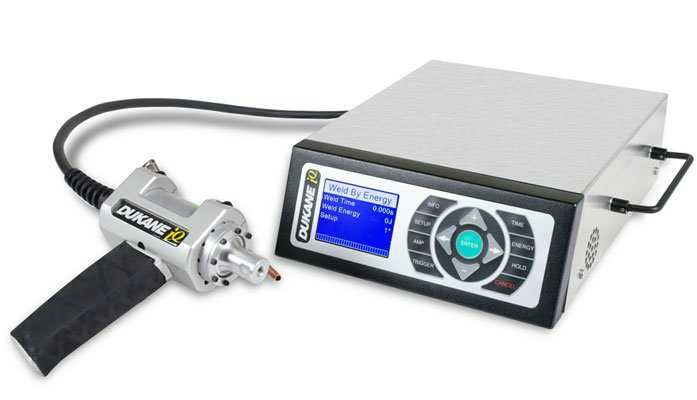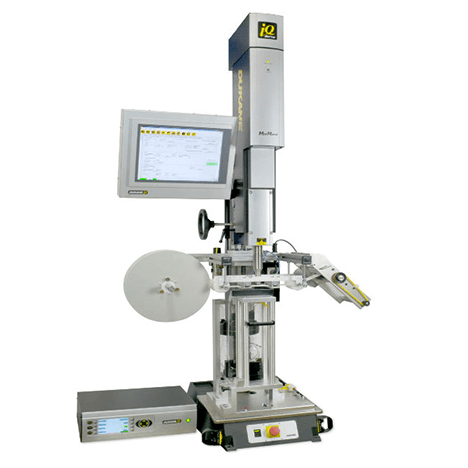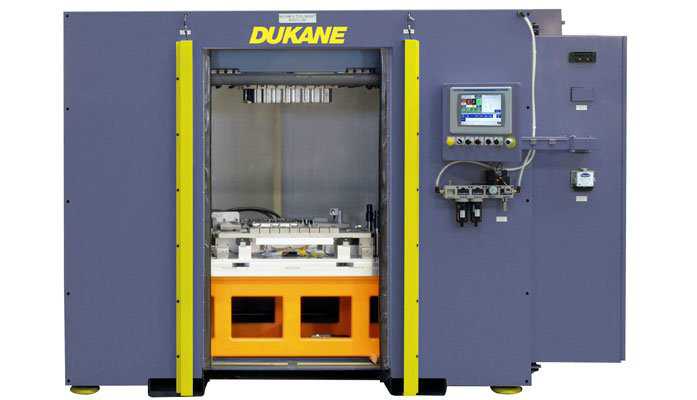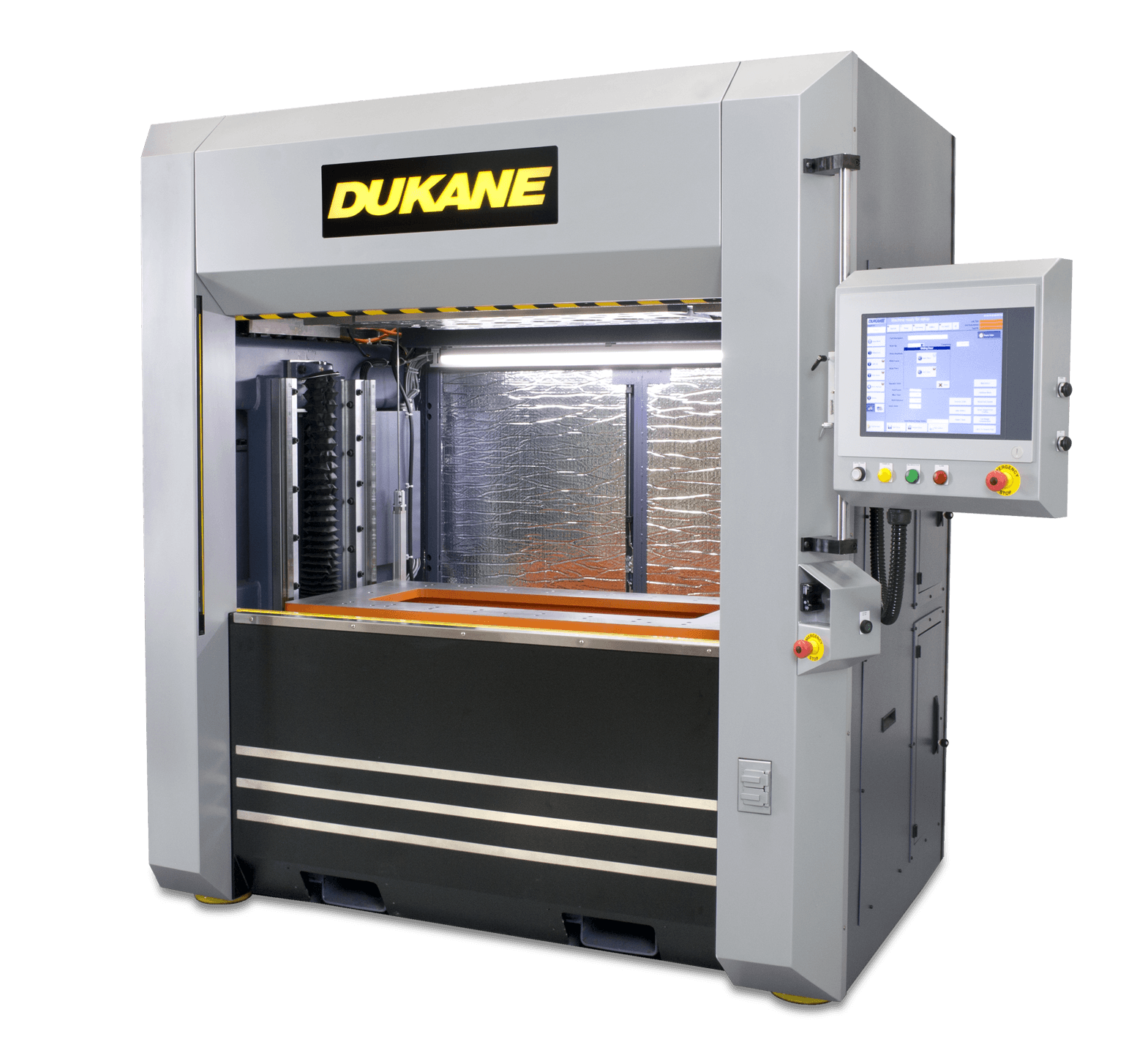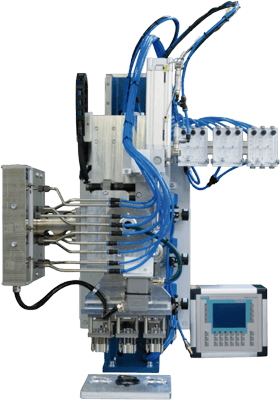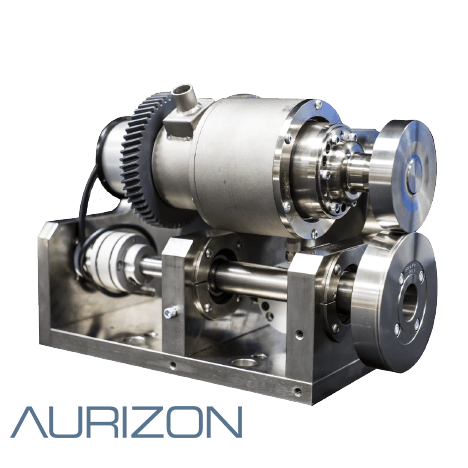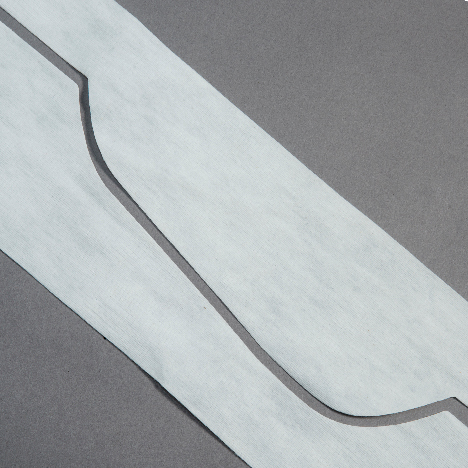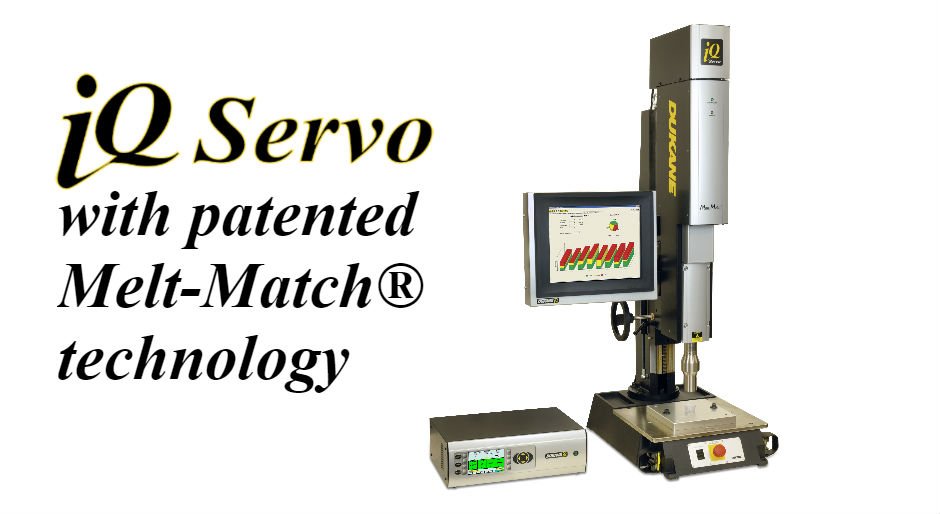Even on parts with good weld strength, failure can occur in the field due to residual stresses [A]. With ultrasonic welding, residual stresses are typically in the range of 35 MPa due to the rapid cooling of the small amount of melt [A, B]. Recent experimentation at Turku University of Applied Sciences in Finland have demonstrated that parts welded with a servo welder have significantly less residual stress than parts welded with a pneumatic welder. This research also demonstrated that parts with shear joints retained less residual stress than parts with energy directors [C].
Experimentation
While residual stress due to cooling is a characteristic of the ultrasonic welding process, orientation induced residual stresses are affected by the hold force applied after the weld phase. Control over the hold force could therefore result in reducing orientation induced residual stresses and thereby minimize the overall stress in the part due to welding. In order to test the validity of this theory, molded polycarbonate parts were welded at a variety of hold speeds and distances.
For all the samples the weld speed was 2 mm/s. One part was welded with no hold time. Three parts were welded at a hold speed matching the weld speed (2 mm/s) with varying hold collapse distances. The last three parts were welded to 0.5 mm collapse at half, double, and quadruple the weld speed.
 |
| Table 2: Hold phase settings used |
After welding, the polycarbonate parts were exposed to various mixtures of Methanol and Ethyl Acetate for three minutes. The parts were examined under the microscope for crazing and cracking due to the solvent exposure [13]. The residual stresses were quantified using the chart developed by GE plastics shown in figure 4. They were then examined for crack formations to determine the level of residual stress at the weld.
 |
| Figure 4: Graph showing critical stress levels in Polycarbonate as a function of solution concentration [13] |
For these tests, AWS I-Beams with energy directors were used. This was for two reasons. First, previous studies indicated that higher stresses occur in energy director parts thereby allowing a greater range of stress to observe. Second, it is far easier to observe cracks in the energy director parts than in the shear parts due to the part geometry.
 |
| Figure 5: Drawing of AWS I-Beam with Energy Director [12] |
Results
Some differences in residual stress levels were noted after testing. Crack formation was seen in varying locations and amounts in the parts. For the purpose of this paper, number and location of cracks were not considered, only presence or absence.
 |
| Figure 6: Cracks shown in a weld joint after exposure to Methanol and Ethyl Acetate mixture. |
The results show that increased hold distance may reduce residual stresses at the weld. Additionally, lower stresses were observed when the hold speed was about double the weld speed. Further investigation into the effect of hold settings on residual stress in the weld joint is merited based on these results.
 |
| Table 3: Stress level as determined by crack formation. |
References
A. S. Anantharaman and A. Benatar. “Measurement of Residual Stress in Laser Welded Polycarbonate using Photoelasticity” ANTEC 2003.
B. A. Benatar. “Servo-Driven Ultrasonic welding of Semi-crystalline Thermoplastics” 39th Annual Symposium of the Ultrasonic Industry Association. Cambridge, MA. 2010.
C. H. Turunen. “Ultrasonic Welding for Plastics” Bachelor’s Thesis, Turku University of Applied Sciences, Finland. 2011.




